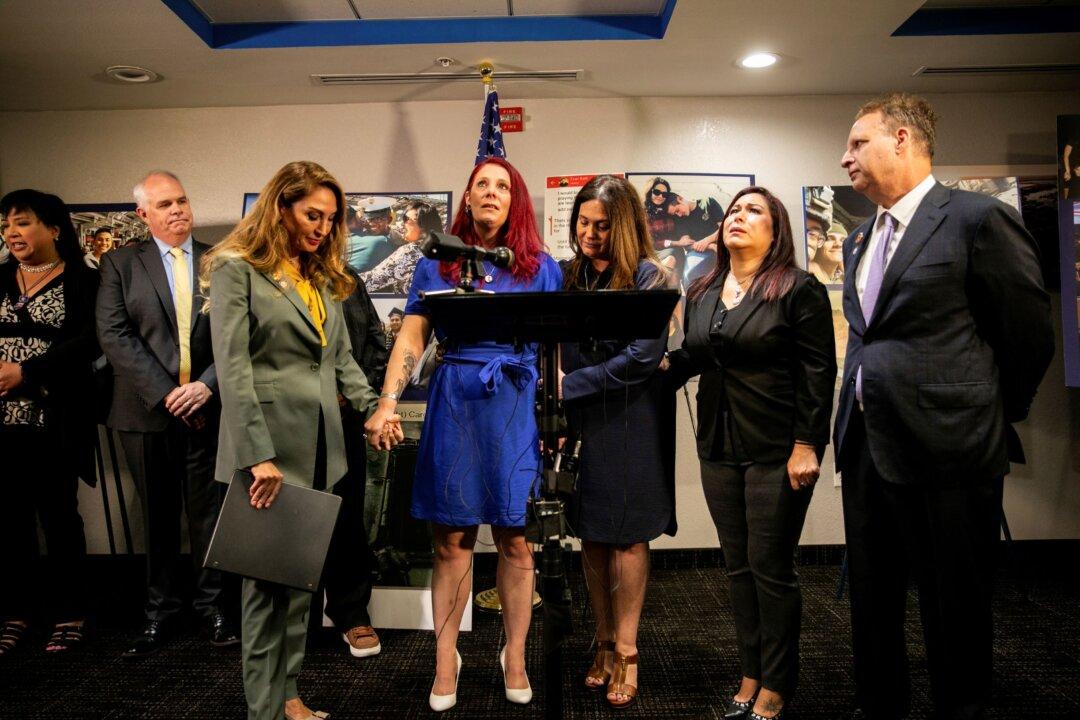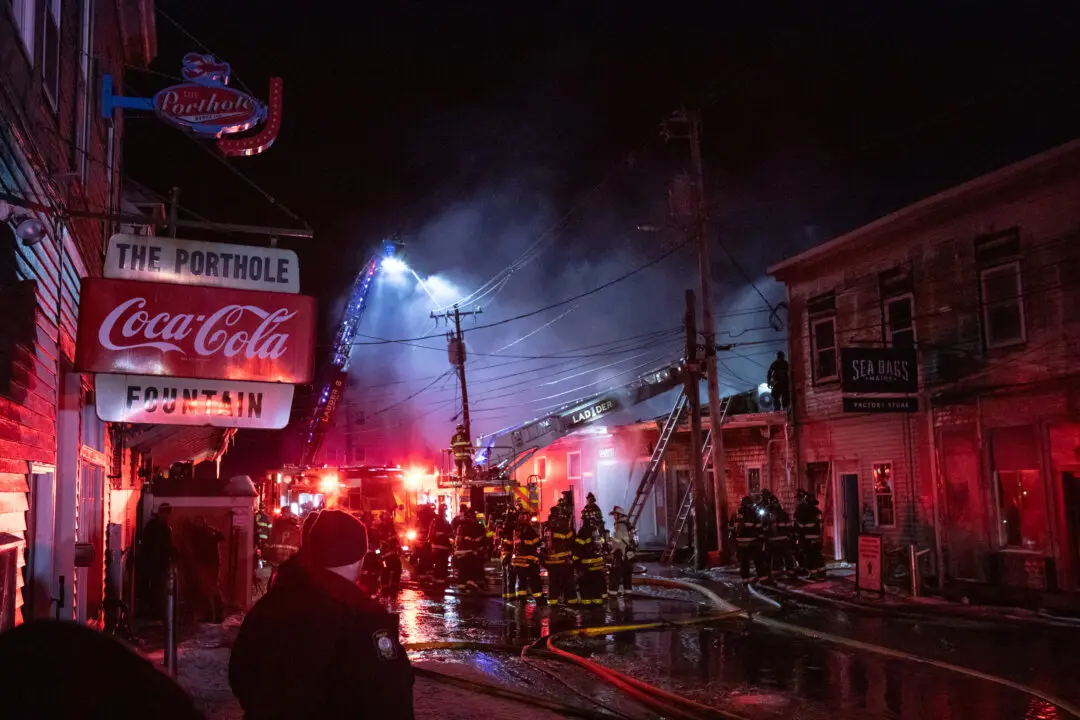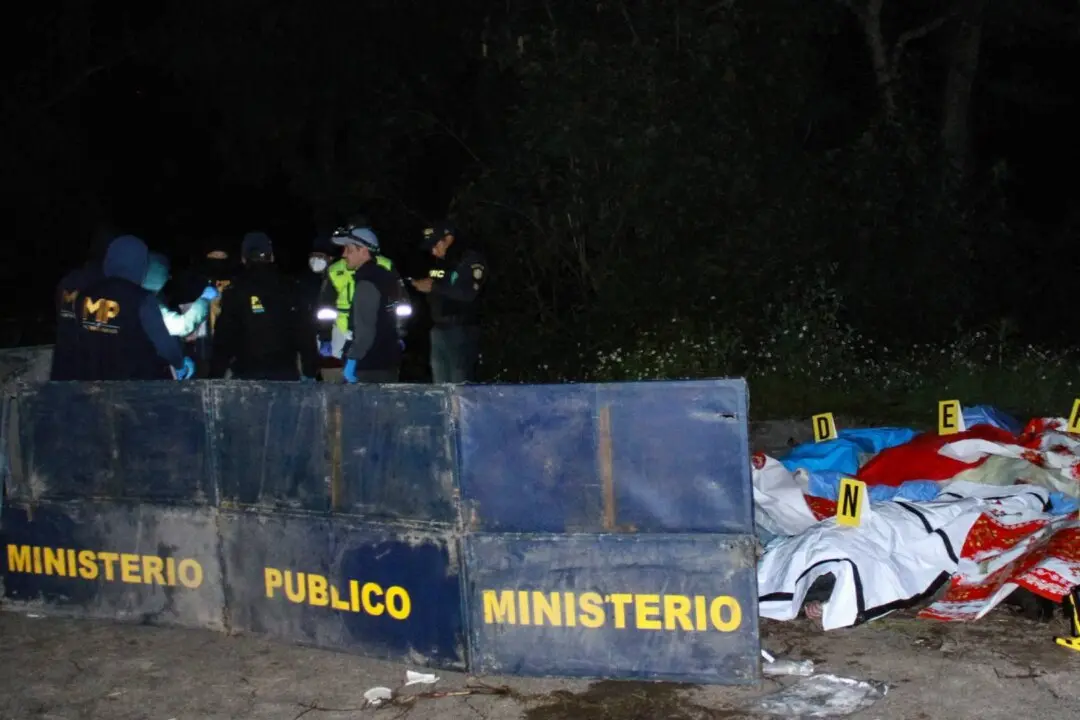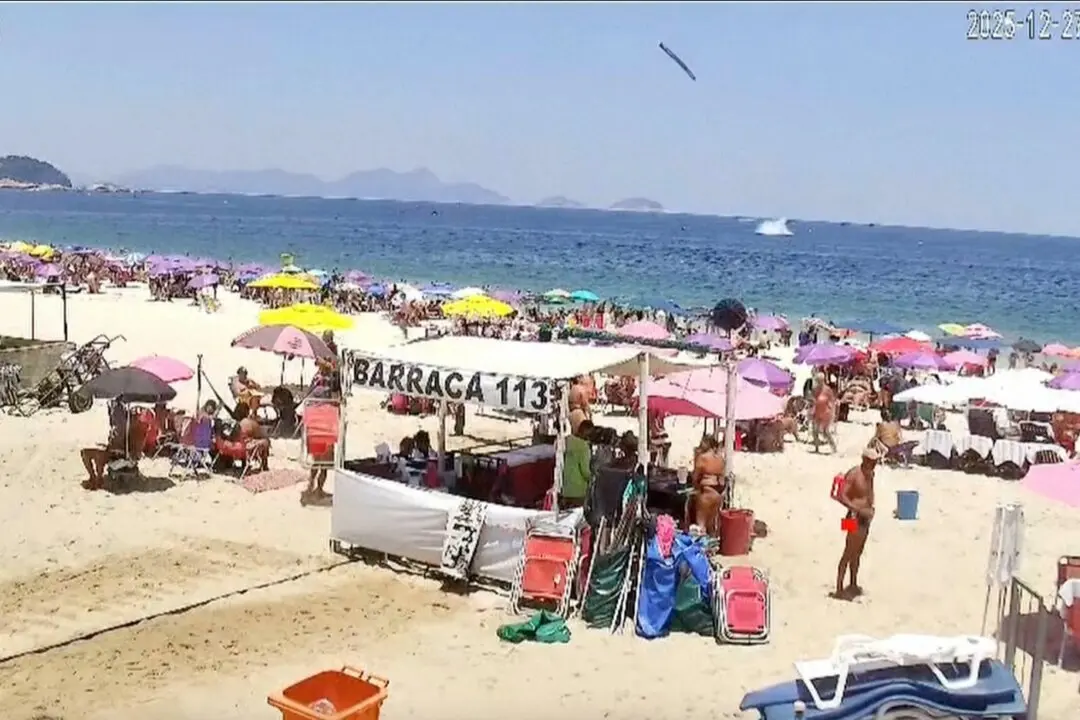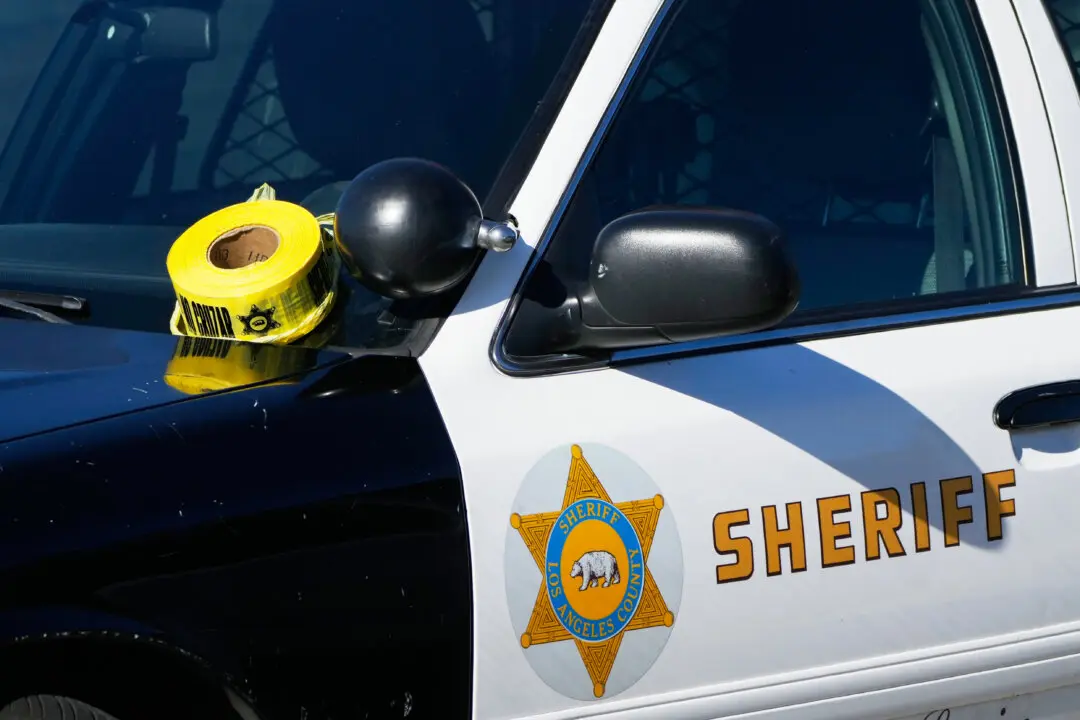OCEANSIDE, Calif.—The families of eight Marines and one sailor who died when their amphibious assault vehicle sank off the Southern California coast last summer plan to sue the manufacturer of the vehicle that resembles an armored seafaring tank, their lawyers announced Thursday.
BAE Systems knew for a decade or more about a design defect that makes it nearly impossible for troops to open the cargo hatches and escape the 26-ton amphibious vehicles when they sink, attorney Eric Dubin said at a news conference in Oceanside, the city bordering Camp Pendleton Marine Corps base, where most of the troops were based.
